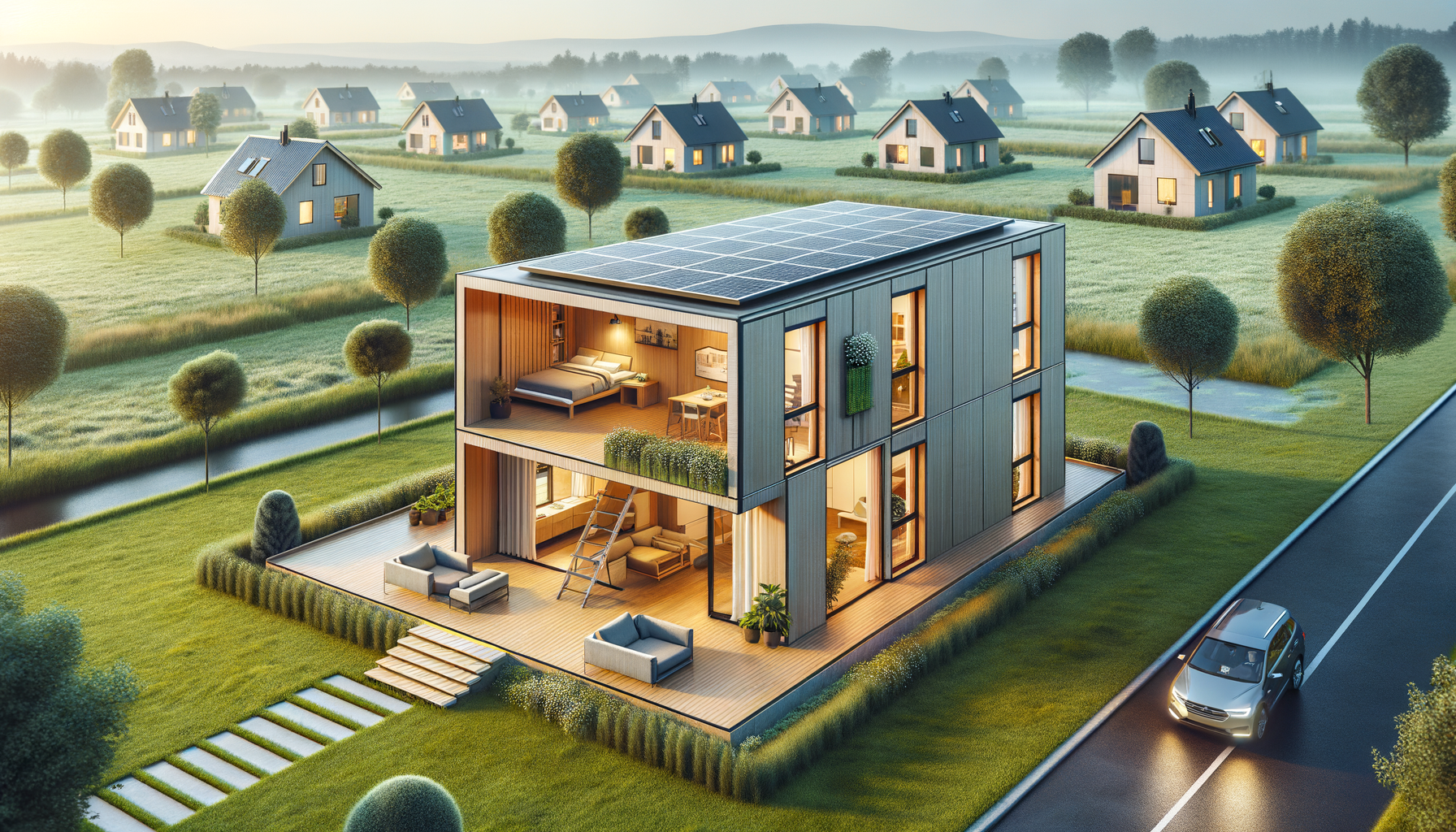
Exploring the World of Prefabricated Homes: Efficiency Meets Modern Living
Introduction to Prefabricated Homes
In today’s fast-paced world, the demand for efficient and modern living solutions is ever-increasing. Prefabricated homes, often referred to as prefab homes, have emerged as a significant player in the housing market. These homes are constructed off-site in a controlled environment, then transported and assembled at the final location. This method not only reduces construction time but also minimizes waste, making it an environmentally friendly option.
The appeal of prefabricated homes lies in their ability to offer customized designs while maintaining cost efficiency. As urbanization continues to rise, the need for sustainable and affordable housing solutions becomes more pressing. Prefabricated homes address these needs by offering a streamlined construction process that aligns with modern living demands.
Efficiency in Prefabricated Construction
One of the most significant advantages of prefabricated homes is their efficiency. The construction process is typically faster than traditional methods, as the homes are built in sections within a factory setting. This controlled environment allows for better quality control and reduces the likelihood of weather-related delays.
Moreover, the efficiency of prefabricated homes extends to energy use. Many prefab homes are designed with energy-efficient features, such as advanced insulation and energy-saving appliances. This not only reduces the homeowner’s carbon footprint but also leads to long-term savings on utility bills.
Key benefits of prefabricated construction include:
- Reduced construction time
- Lower material waste
- Enhanced quality control
- Energy-efficient design options
Modern Design and Customization
Prefabricated homes are not just about efficiency; they also offer a wide range of modern design options. Homebuyers can choose from various styles, layouts, and finishes to suit their personal taste and lifestyle needs. This level of customization is often more challenging to achieve with traditional construction methods.
Many prefab manufacturers collaborate with architects and designers to create homes that are not only functional but also aesthetically pleasing. This collaboration ensures that the homes meet the latest design trends while providing practical living spaces.
The flexibility in design allows homeowners to personalize their space, making prefabricated homes an attractive option for those looking to express their individuality through their living environment.
Sustainability and Environmental Impact
Sustainability is a critical consideration in today’s construction industry, and prefabricated homes are at the forefront of this movement. The factory-based construction process of prefab homes leads to less material waste and a smaller environmental footprint compared to traditional building methods.
Additionally, many prefabricated homes incorporate sustainable materials and technologies. For instance, they may include solar panels, rainwater harvesting systems, and eco-friendly building materials. These features contribute to a home’s sustainability and can significantly reduce its impact on the environment.
As awareness of climate change and environmental conservation grows, the demand for sustainable housing solutions like prefabricated homes is expected to increase.
Conclusion: The Future of Prefabricated Homes
In conclusion, prefabricated homes represent a promising solution for modern living. They offer a blend of efficiency, customization, and sustainability that aligns with the needs of today’s homeowners. As technology advances and the housing market evolves, prefabricated homes are likely to play an increasingly important role in providing affordable and sustainable living options.
For potential homeowners seeking an innovative and efficient housing solution, prefabricated homes offer a compelling choice that combines modern design with environmental responsibility.